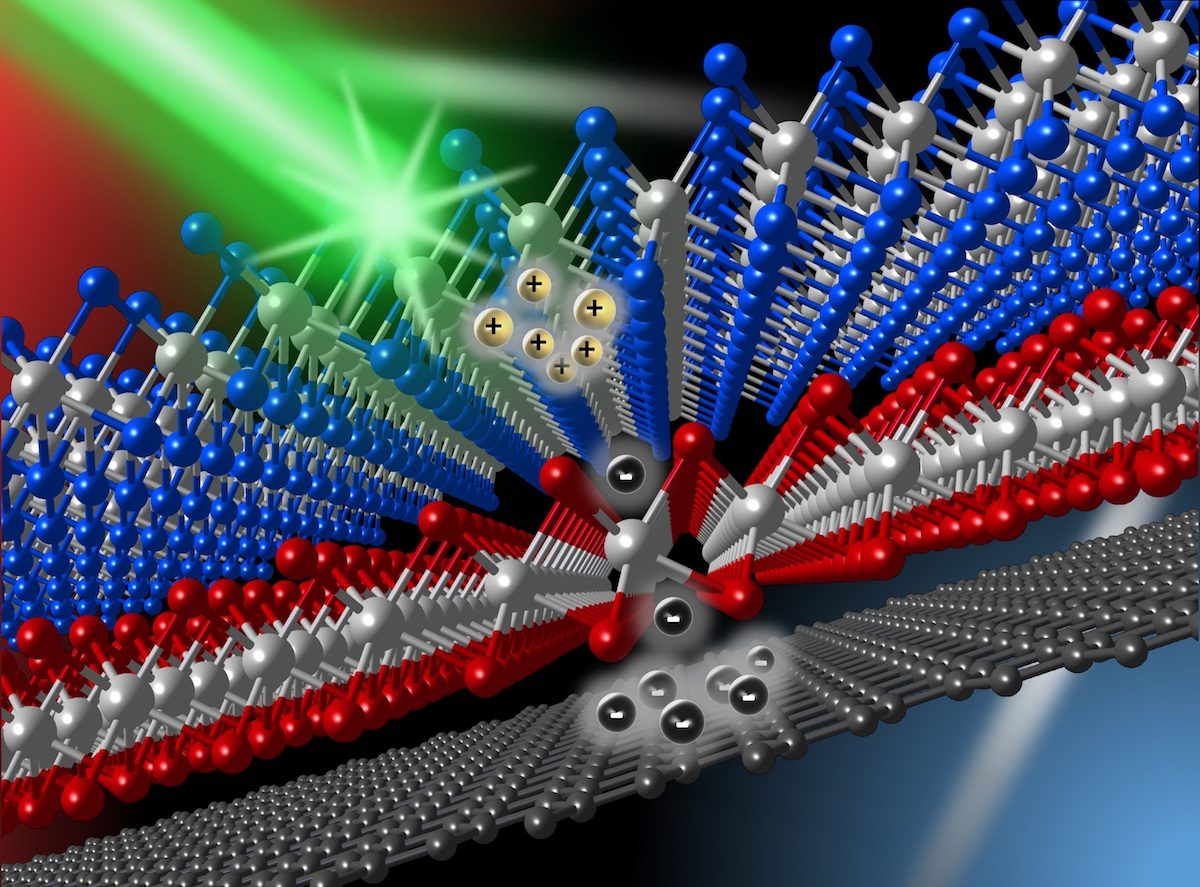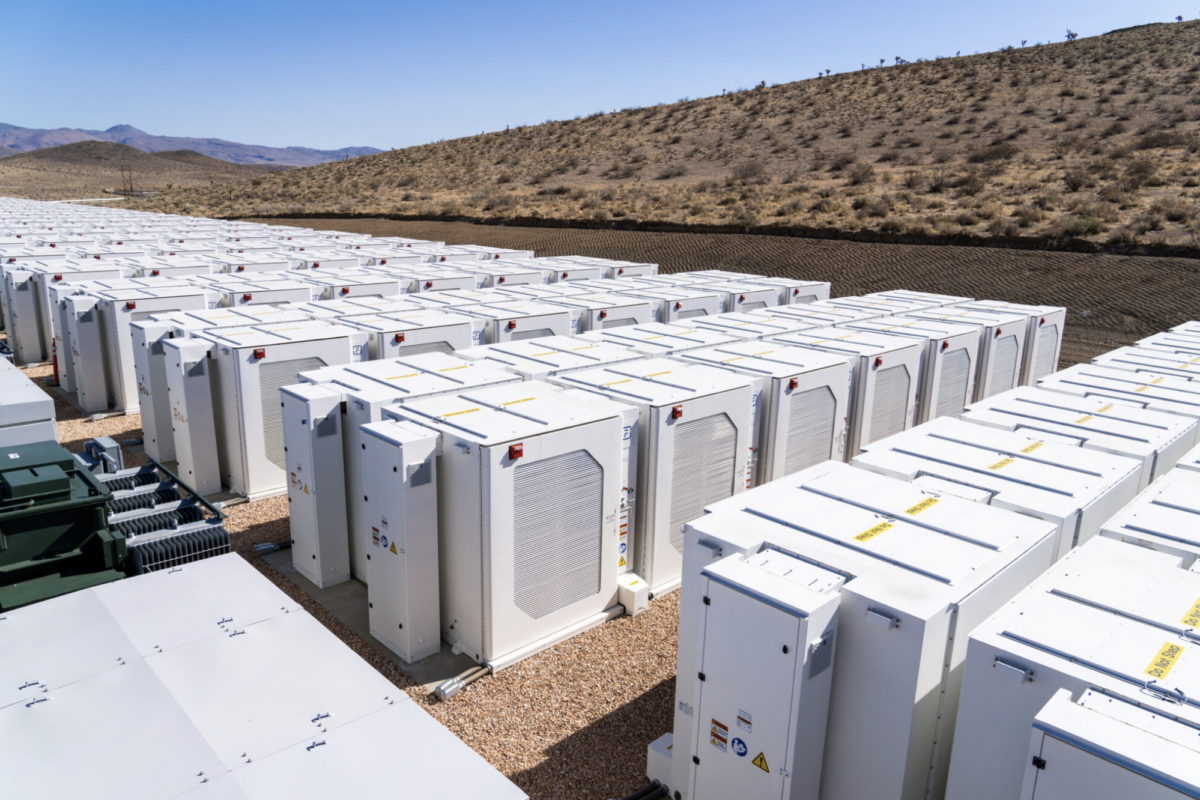Researchers from the University of Kansas have discovered a method to increase the carrier lifetime of graphene, a development which the University says could ultimately lead to the development of ultrathin, flexible solar cells using graphene.
Graphene can transport a charge much faster than most other materials, which would make it an excellent solar cell material. However, it is held back by its extremely short carrier lifetime, which means that electrons excited by sunlight only remain mobile for one picosecond (one millionth of a millionth of a second).
To overcome this problem, the researchers looked at methods to suppress recombination of the electrons, and keep them mobile for long enough to create a charge. The method they used, described in the paper, Unipolar optical doping and extended photocarrier lifetime in graphene by band alignment engineering, published in the journal Nano Futures, connects a graphene layer with two other atomic material layers – molybdenum disulfide (MoSe2) and tungsten disulfide (WS2).
Combining the materials in this way, the researchers were able to increase the carrier lifetime of the material from 1 to around 400 picoseconds. Their experiment used a 0.1 picosecond laser pulse to ‘excite’ some electrons in the molybdenum disulfide layer, and monitoring them using a second laser pulse.
The paper’s author, Hui Zhao uses the analogy of a classroom full of students to explain the breakthrough. “We can think of the MoSe2 and graphene layers as two classrooms full of students all sitting, while the middle WS2 layer acts as a hallway separating the two rooms,” he explains.
“When light strikes the sample, some of the electrons in MoSe2 are liberated. They are allowed to go across the WS2-layer hallway to enter the other room, which is graphene. However, the hallway is carefully designed so that the electrons have to leave their seats in MoSe2. Once in graphene, they have no choice but to stay mobile and hence contribute to electric currents, because their seats are no longer available to them.”
The researchers now plan to experiment with different material layers in combination with graphene, to gain better control over the lifetime of the excited electrons.
Researchers at Russia’s National University of Science and Technology also recently made a discovery using MoSe2 and similar compounds, known as van der Waals materials, and is continuing research to gain better control over electron excitation.
This content is protected by copyright and may not be reused. If you want to cooperate with us and would like to reuse some of our content, please contact: editors@pv-magazine.com.




What information do you have about Nanotech solar panels
Dear Arthur – ‘Nanotech’ is a very broad term, I’ve never heard it used to apply to a particular type of solar panel.
The company is called Nanotech Engineering they have a Graphene nanotube panel .. I’m very surprised you are not aware ..